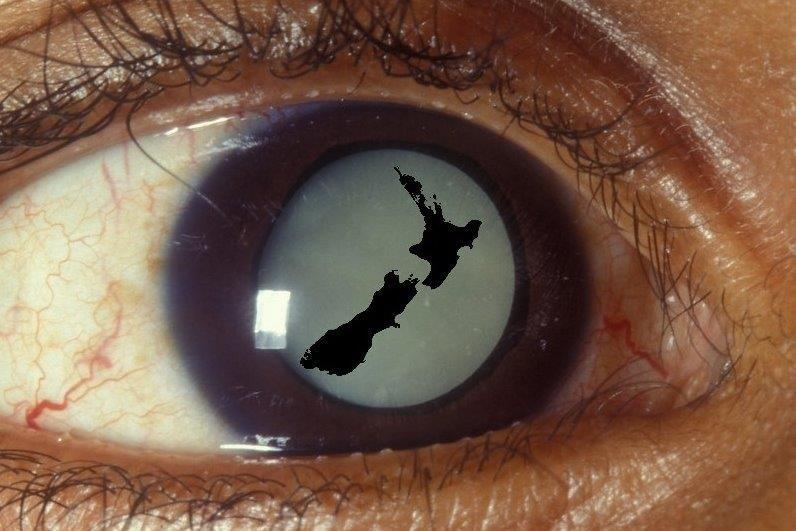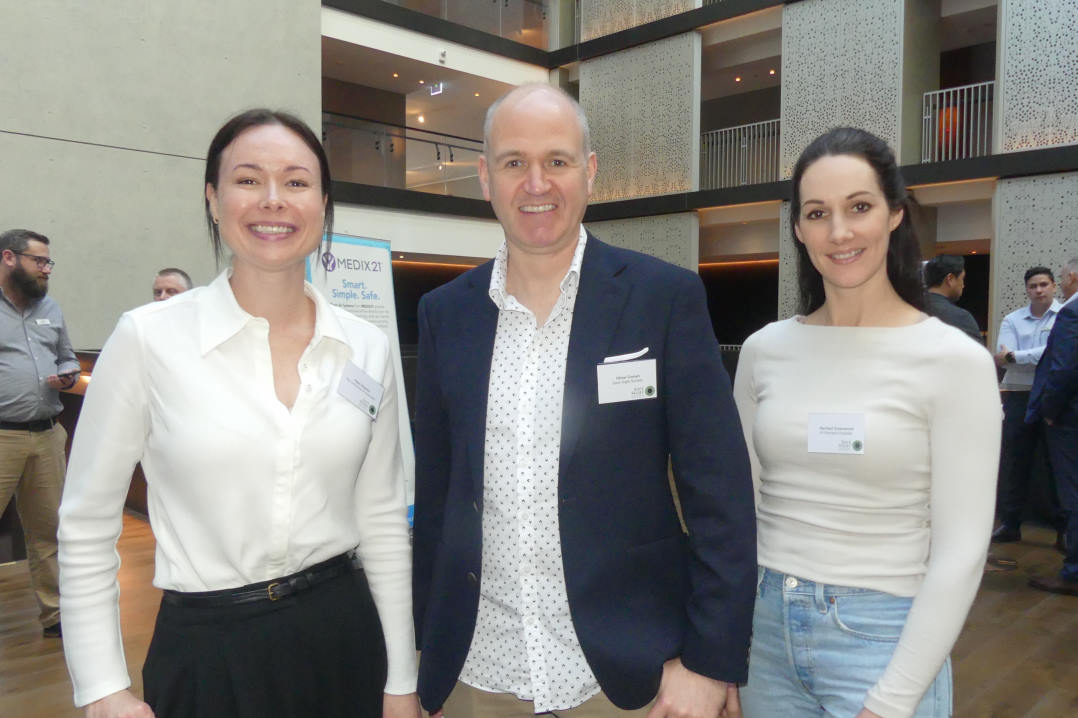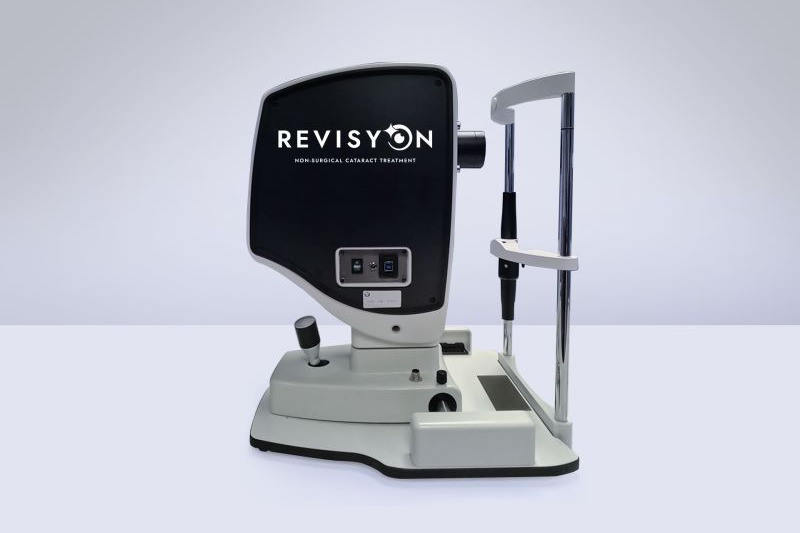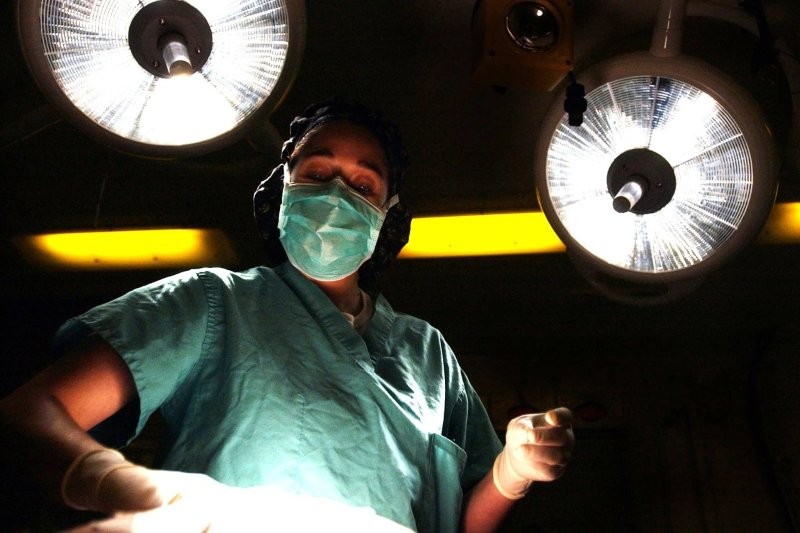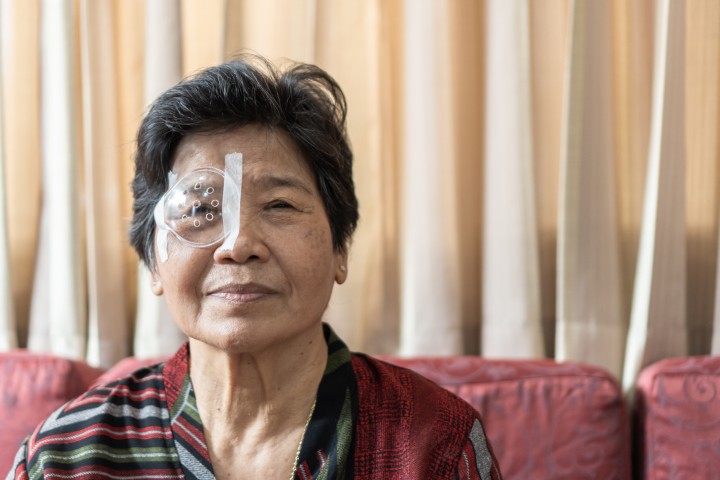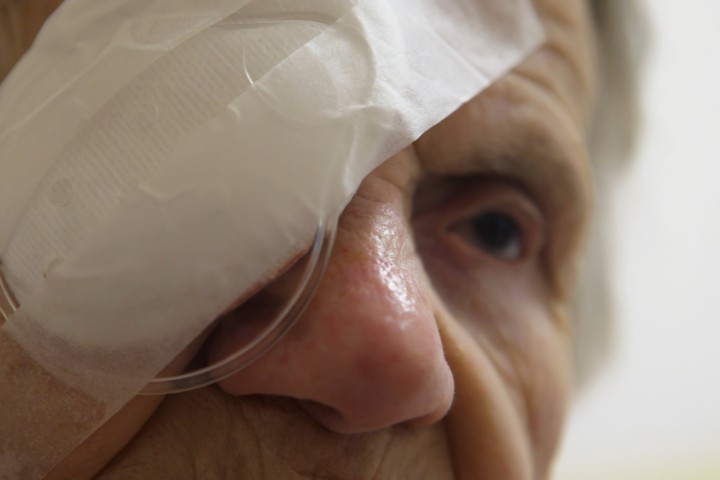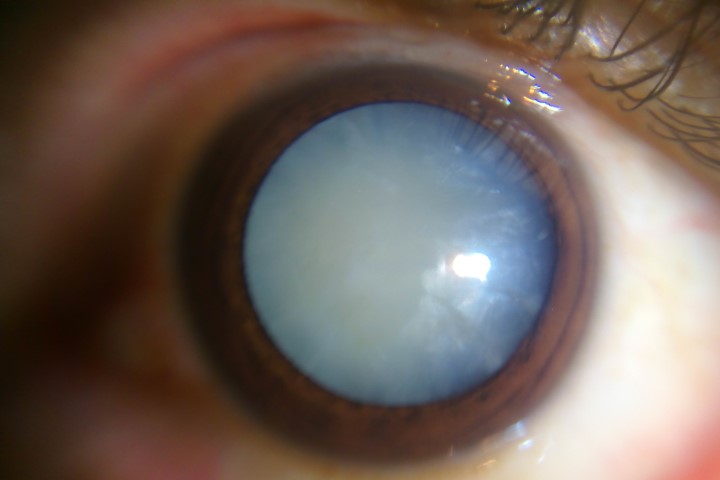Cataract waitlist grows, despite CPAC rethink
Despite the promise of an additional 3,500 cataract surgeries in the 18 months from July 2023, New Zealand’s cataract waitlist has actually grown by 696 patients.
The government’s 2023 implementation of a nationally consistent Clinical Priority Assessment Criteria (CPAC) threshold was designed to end the ‘postcode lottery’. However, in response to NZ Optics’ queries, a Te Whatu Ora statement said that, as of March 2024, the cataract procedures waitlist was 8,496 people. “While this represents an increase over the previous year due to continuing demand for this service, the main focus has been to reduce the number of long-wait patients (those over 365 days). Over this period the number of patients in this category has been reduced from 2.9% of the waitlist to 0.6% (49 patients).”
Te Whatu Ora’s goal was to deliver 3,000 additional cataract surgeries by 30 June 2024 through additional planned care investment, which it achieved, Te Whatu Ora said. “Some of the additional cataract surgeries were provided by private providers and some of the initial assessment and postoperative follow-up was provided by community optometry practices. Surgical services are provided under contract to Health NZ and there is a mixture of direct contracts and subcontracts through surgical providers with optometrists.”
Kiwi ophthalmologists questioned about the wait times said there was cause for optimism, albeit in the years, rather than months, to come. There is now a central planning committee that is engaging other advisors, mostly within ophthalmology, but it looks like it will be a very slow process, said Dr Dean Corbett, Ophthalmology New Zealand (ONZ) chair. However, he said he feared some of the mistakes of the past will continue by different people and organisations. “There needs to be a very organised, transparent and trustworthy group to make real change and some blue-sky thinking to ensure plans for the years ahead will be effective, given the increasing numbers of patients and dwindling numbers of (ophthalmology) trainees.”

ONZ chair Dr Dean Corbett
There has definitely been some change, he said, though the process is happening very slowly. “We need to complete the work on non-cataract elective surgical prioritisation, so we can get a real and scientifically based perspective on where to spend money effectively.” A review of access criteria and prioritisation for ophthalmology, including non-cataract pathways, is actively progressing and is part of the work of the Eye Health National Clinical Network, led in partnership with the Northern region, Te Whatu Ora said. “This work will inform the national model to reduce variation in access to ophthalmic surgery. There is also variation in the way that follow-up care is provided, with some contribution from optometrists.”
Potential capacity solutions
The New Zealand Association of Optometrists is currently investigating scope expansions for the country’s optometrists, which could include sharing postoperative cataract care to ease the burden on ophthalmologists and the public health system. Te Whatu Ora confirmed this idea was under investigation. “We are looking at expanding the workforce of allied health professionals that are able to provide First Specialist Assessments and follow-up care through agreed national pathways. We anticipate that optometry will be one of the professions where this approach could work and initiated exploratory work on this in July 2024.”
One ophthalmologist, who did not wish to be named, said it would be “wonderful” to integrate optometrists into the clinical workflow, but in most regions there is no IT infrastructure to enable that. “My feeling is that, beyond hospitals employing optometrists directly on a sessional basis, it will be challenging to make a model like this work while managing risk and measuring outcomes.” Gisborne-based ophthalmologist Dr Graham Wilson agreed the idea was a good one, but said it was probably in the too-hard basket.
The outlook is blurry
It is unclear if the government is still committed to an equal CPAC score across the country, given that a number of regions have now increased their threshold due to a lack of funding, said the source. “The Eye Health Network still has this as a priority but lack of funding is hampering achieving this goal.”
There is no doubt that spending on cataracts reduces falls and a multitude of other ills and so saves money in the long run, the source added, but so far the focus has only been on shorter waiting times and saving money. “You can choose only two: save money, reduce waiting times, improve access to surgery.”









